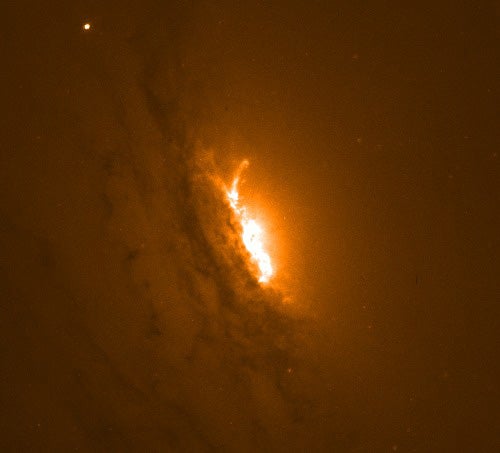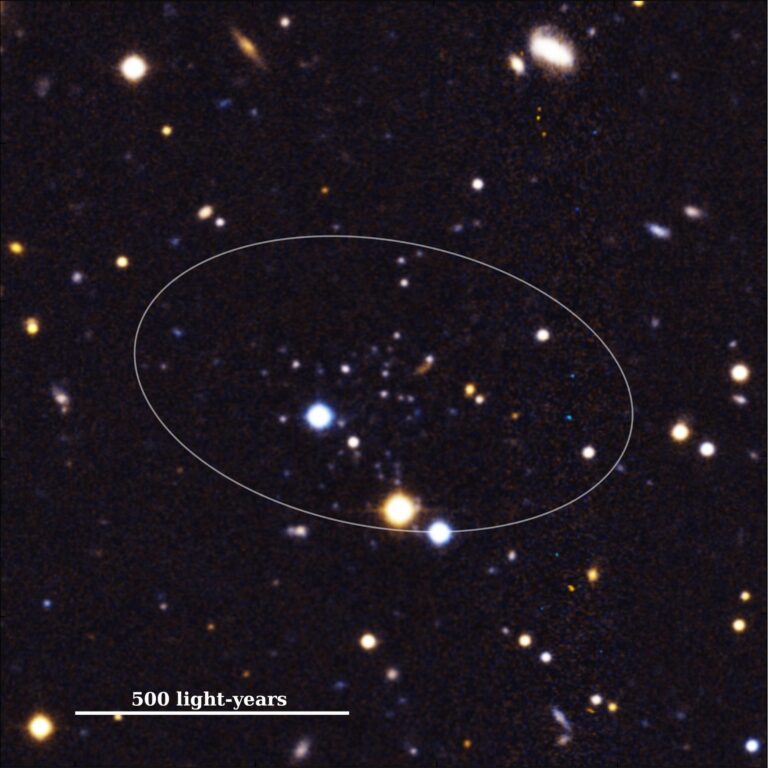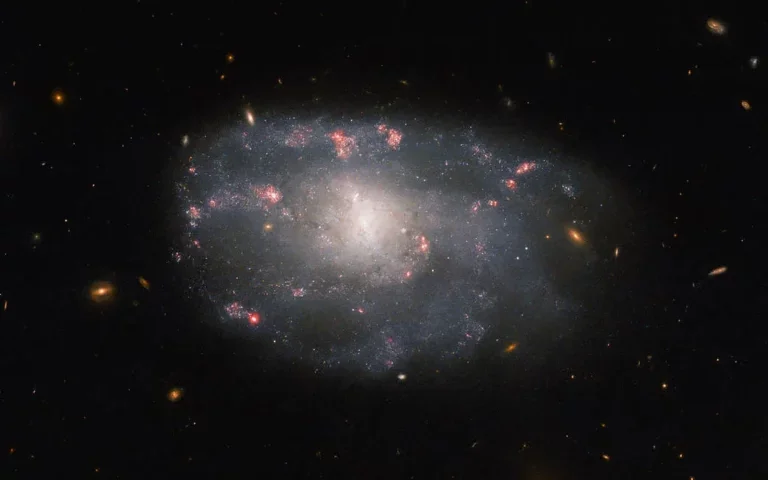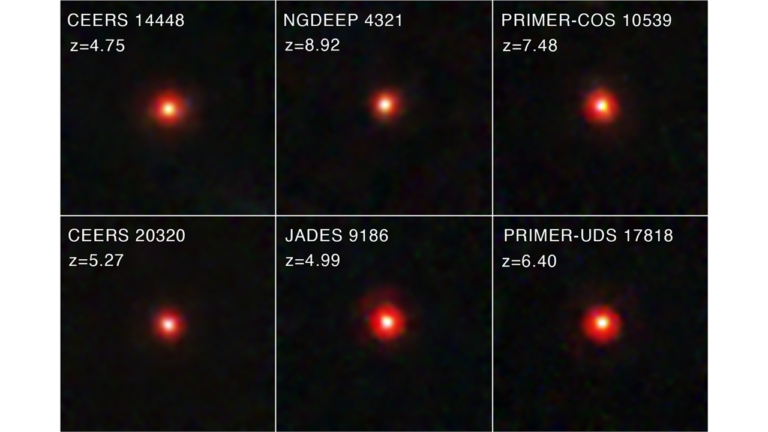The supermassive black holes in the cores of some galaxies drive massive outflows of molecular hydrogen gas. As a result, most of the cold gas is expelled from the galaxies. Because cold gas is required to form new stars, this directly affects the galaxies’ evolution.
These outflows are now a key ingredient in theoretical models of the evolution of galaxies, but astronomers were unsure what boosts their energies and accelerates them. The study provides the first direct evidence that energetic jets of electrons that are moving at close to the speed of light accelerate the molecular outflows. The central supermassive black holes propel those jets.
Clive Tadhunter from Sheffield University and colleagues Raffaella Morganti and Tom Oosterloo from ASTRON/Kapteyn Institute Groningen University in addition to Raymond Oonk fromASTRON/Leiden University used the European Southern Observatory’s Very Large Telescope in Chile to observe the nearby galaxy IC 5063. The researchers found that the molecular hydrogen gas is moving at extraordinary speeds at the locations in the galaxy where its jets are impacting regions of dense gas.
These findings help scientists further understand the eventual fate of our galaxy, the Milky Way, which will collide with the neighboring Andromeda Galaxy (M31) in about 5 billion years. As a result of this collision, gas will fall to the center of the remnant of this merger, but the jets coming from the central supermassive black hole will, in a way similar to what is now observed in IC 5063, eject the gas from the system, preventing the formation of new stars and growth of the newly formed galaxy.
“Much of the gas in the outflows is in the form of molecular hydrogen, which is fragile in the sense that it is destroyed at relatively low energies,” said Tadhunter. “I find it extraordinary that the molecular gas can survive being accelerated by jets of highly energetic particles moving at close to the speed of light.”
“We suspected that the molecules must have been able to reform after the gas had been completely upset by the interaction with a fast plasma jet,” said Morganti. “Our direct observations of the phenomenon have confirmed that this extreme situation can indeed occur. Now we need to work at describing the exact physics of the interaction.”










